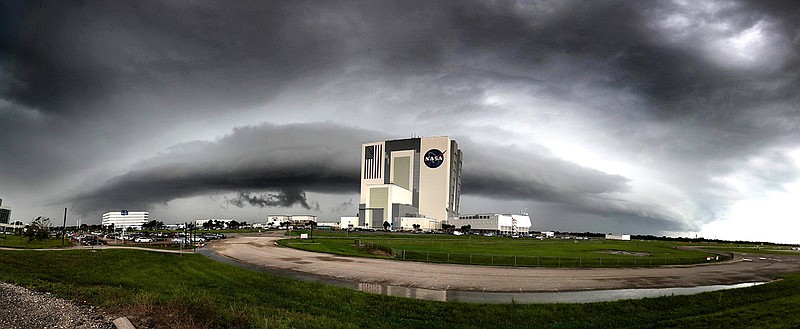ORLANDO, Fla. - The next rocket NASA wants to send to the moon is about to leave the house it was built in for a new home, but isn't quite ready for Kennedy Space Center.
First, the Space Launch System core stage with its four attached RS-25 engines will make its way by NASA's Pegasus barge from the Michoud Assembly Facility in New Orleans to NASA's Stennis Space Center in Mississippi before the end of January.
Stennis is where the RS-25 engines were tested individually, blasting massive plumes of smoke as each engine went through approval for use on the SLS rocket for Artemis 1, the uncrewed lunar mission with no set launch date.
When the 212-foot core stage arrives to Stennis now, it will use the new B-2 Test Stand constructed there to test all four engines at once.
If all the tests go well, the core stage will then make its way to Kennedy Space Center where it will be mated with the Orion capsule and side boosters for its eventual liftoff from Launch Pad 39-B. A second core stage is already under construction at Michoud and its RS-25 engines have already been signed off on as well individually.
The RS-25 engines are made by Aerojet Rocketdyne, and were converted from old engines used on the space shuttle.
Those engines combined with two booster rockets will make SLS the most powerful rocket to ever lift off from Earth powering the Orion capsule into deep space. At full strength, the SLS rocket will exceed the power seen from the Apollo program's Saturn V rockets, producing 8.8 millions pounds of thrust. This first core stage with 733,000 gallons of liquid oxygen and liquid hydrogen is responsible for 2 million pounds of thrust for Artemis 1.
Artemis 2 will be crewed but not land on the moon. Artemis 3 will return humans to the moon for the first time since 1972, and plans are for that to include the first woman on the moon. NASA's goal is to accomplish that by 2024.
NASA Administrator Jim Bridenstine posted to Twitter images of the core stage progress as it moved to the building where it will be prepped for its barge trip.
"Thank you to the NASA team for working through the holidays!" read the tweet.

